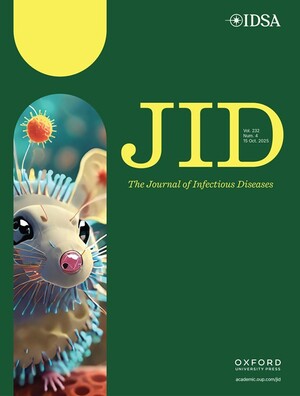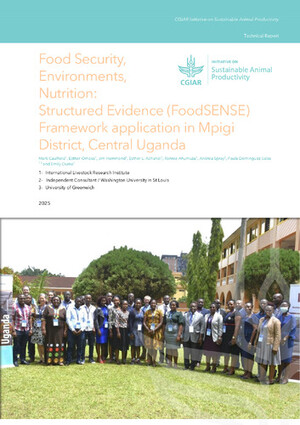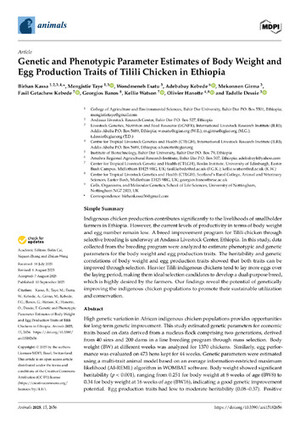
New mapping study of Rwanda pig value chain analyses governance and sanitary risks
The pig production sector in Rwanda is growing rapidly as a result of rising local and regional demand for pork. To better understand how the sector operates, a new study has analysed the country’s pig and pork value chains to map the various actors involved, the governance and sanitary risks and the potential impacts on food safety.
The study, which is published in Frontiers in Veterinary Science (Jan 2022), was carried out by a team of scientists affiliated to the International Livestock Research Institute, the University of Global Health Equity, the University of Leeds, the University of Liverpool and the University of Rwanda.
The researchers held key informant interviews and focus group discussions with farmers, brokers, butchers, abattoir managers and veterinarians to collect data on pig production methods and inputs, the source and destination of live and slaughtered pigs, pork processing infrastructure (abattoirs and factories), the people involved and interactions between them, governance and challenges.
Smallholder farmers dominate pig production in Rwanda, primarily as a source of supplementary income but also for manure. The study also found medium and large pig farms around urban areas. There are few veterinarians attending farms, with most veterinary services provided by less qualified technicians or through self-treatment of pigs by farmers.
Pigs are bought and sold at live pig markets, where brokers play key roles in setting prices, examining pigs for disease and organizing the supply of pigs to abattoirs and for export. The study identified only a few formal pig abattoirs which mainly supply to pork processing factories in Kigali or export to customers.
Although formal abattoirs were attended by a veterinary inspector, a lack of record keeping was noted. Local consumers rely on informal pig slaughtering at farms or restaurant backyards, with irregular veterinary inspection. This observed weakness in pork inspection poses a potential risk to public health.
Generally, the study found that the main sanitary risks were a lack of biosecurity throughout the chain and poor hygiene at slaughter places.
For example, although palpation of the pigs’ tongues was carried out at the markets to check for tapeworm cysts, pigs that tested positive for cysts were not destroyed but were sold at reduced prices in the same market or later informally sold by the owner.
Overall, the pig value chain in Rwanda is characterized by a high degree of informality at all nodes, combined with a rapid growth trajectory in the sector.
The findings of this study provide useful evidence for policymakers to design interventions to address the weaknesses identified in Rwanda’s pig value chain towards improving food safety and safeguarding the health of consumers.
Citation
Shyaka, A., Quinnell, R.J., Rujeni, N. and Fèvre, E. 2022. Using a value chain approach to map the pig production system in Rwanda, its governance, and sanitary risks. Frontiers in Veterinary Science 8: 720553.
Funding
This study was funded by the UK Medical Research Council Global Challenge Research Fund (Grant number MR/P025471/1). Author Fèvre acknowledges partial support from the CGIAR Research Program on Agriculture for Nutrition and Health (A4NH), led by the International Food Policy Research Institute (IFPRI), and acknowledges the CGIAR Fund Donors (http://www.cgiar.org/funders).
Photo credit: Pig in concrete stable in Mukono District, Uganda (ILRI/Elisabeth Kilian)




















